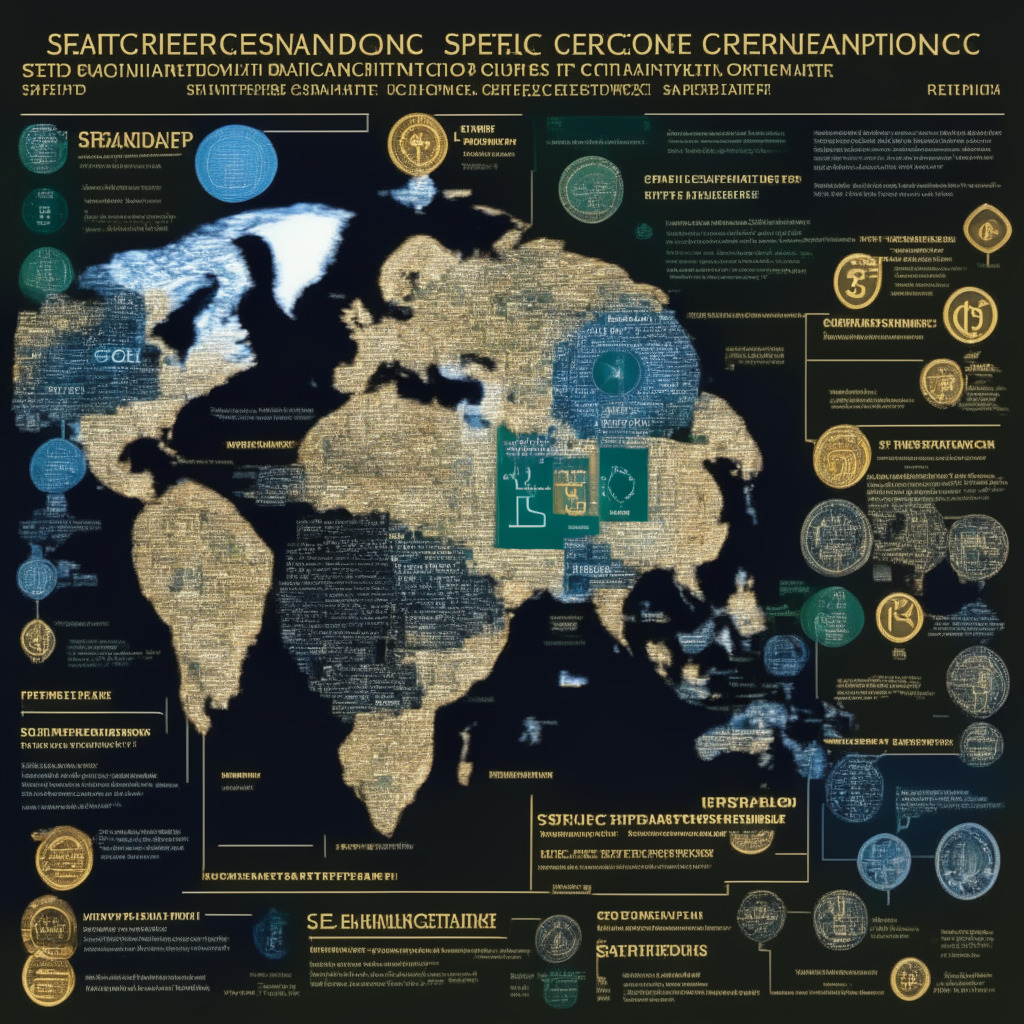The crypto ecosystem and traditional finance are inextricably linked, yet the interconnectedness is not easily quantifiable due to the role of idiosyncrasies in the crypto market. S&P Global recently published a report exploring this relationship, but the findings reveal a complicated picture. One contributing factor to this complexity is the unique history of cryptocurrencies, which are known to be driven by distinct factors compared to traditional assets.
For instance, while crypto markets generally perform well during periods of expansionary monetary policies, it is difficult to establish a causal relationship. Large swings in cryptocurrency values can be triggered by factors unrelated to monetary policy, such as the FTX collapse. In the same vein, cryptocurrency performance during recessionary periods is also highly specific, with variables such as a user’s location and the stability of the local fiat currency impacting the appeal of crypto assets.
With regards to inflation, the data is not sufficient in drawing any concrete conclusions on cryptocurrencies as a hedge. The authors note that emerging markets with unstable fiat currencies may be drawn to crypto due to its resistance to inflation, but this factor is difficult to ascertain due to the influence of geography and idiosyncrasies.
When analyzing the relationship between crypto assets and the strength of the dollar, there is a negative correlation at first glance. However, it is important to remember that correlation does not imply causation. In fact, the relationship between crypto assets and financial stress or market volatility is more evident. For instance, as the fear index (CBOE Volatility Index) rises, crypto asset prices tend to fall.
The impact of the recent banking crisis is another example of cryptographic and traditional market interdependence. Certain stablecoins suffered a depeg during the crisis, and banks that have adopted cryptocurrency are exposed to its idiosyncrasies. Despite this, many proponents of cryptocurrency often cite macroeconomic factors like resistance to inflation as one of its major strengths.
Nevertheless, the report suggests that the correlation between the crypto and traditional financial markets might become stronger with increased institutional adoption of cryptocurrency. While this analysis provides valuable insights, it is crucial to consider the myriad of factors at play in the relationship between the crypto ecosystem and macroeconomics—the unique history, geography, and exceptional events that drive this nascent yet rapidly evolving industry.
Source: Cointelegraph




